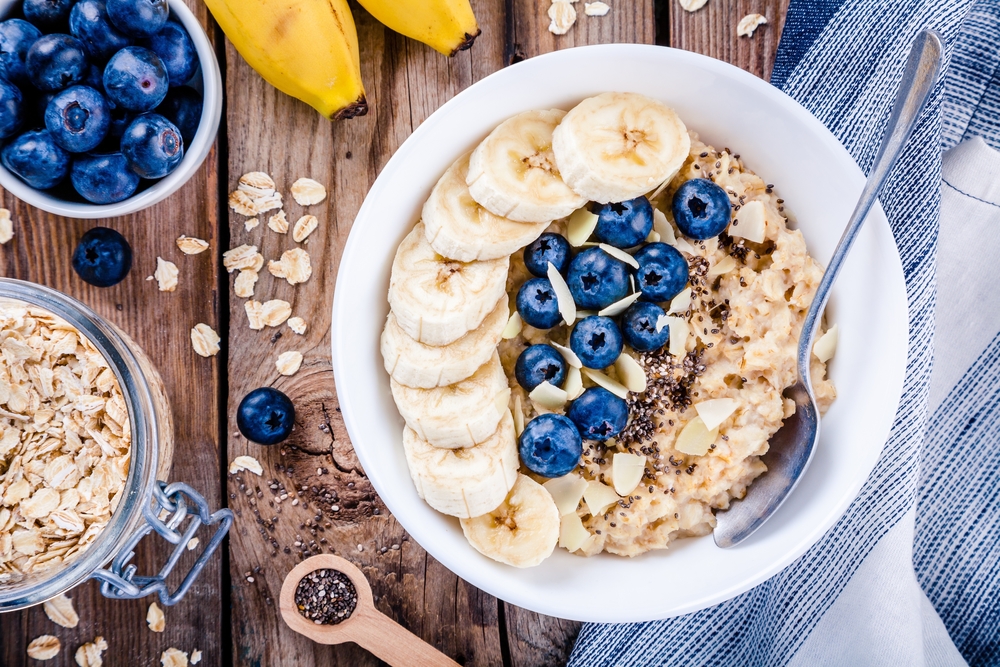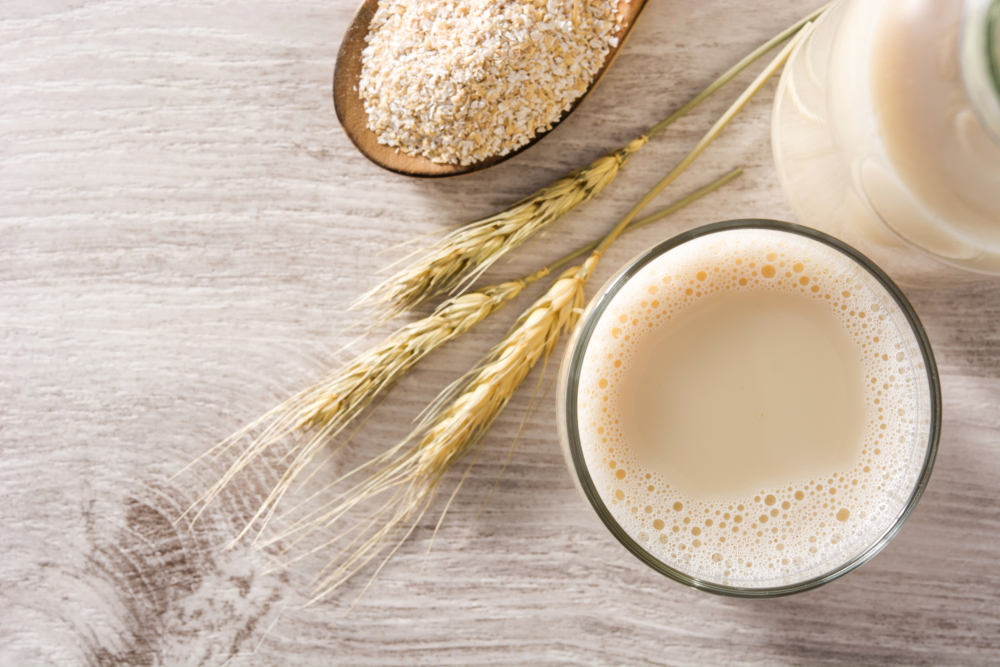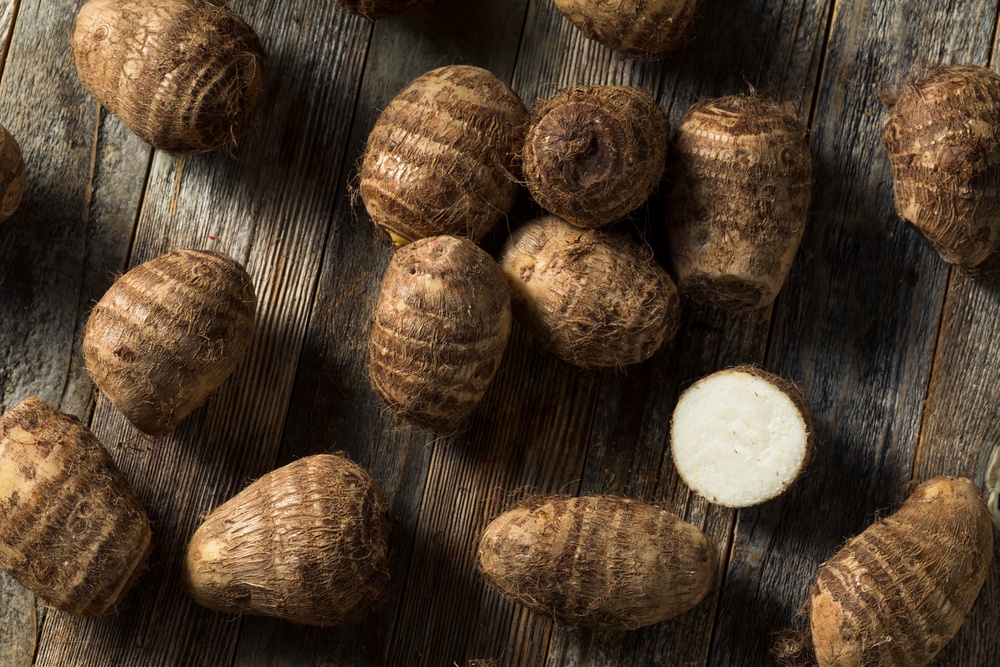As someone who has eaten oatmeal for breakfast countless times, I can say that oatmeal has a unique taste and texture that might not be for everyone. Oatmeal has a warm, nutty flavor that can be enhanced with various sweet or savory toppings.
The texture of oatmeal can range from creamy to chewy, depending on the type of oats used and the cooking method.
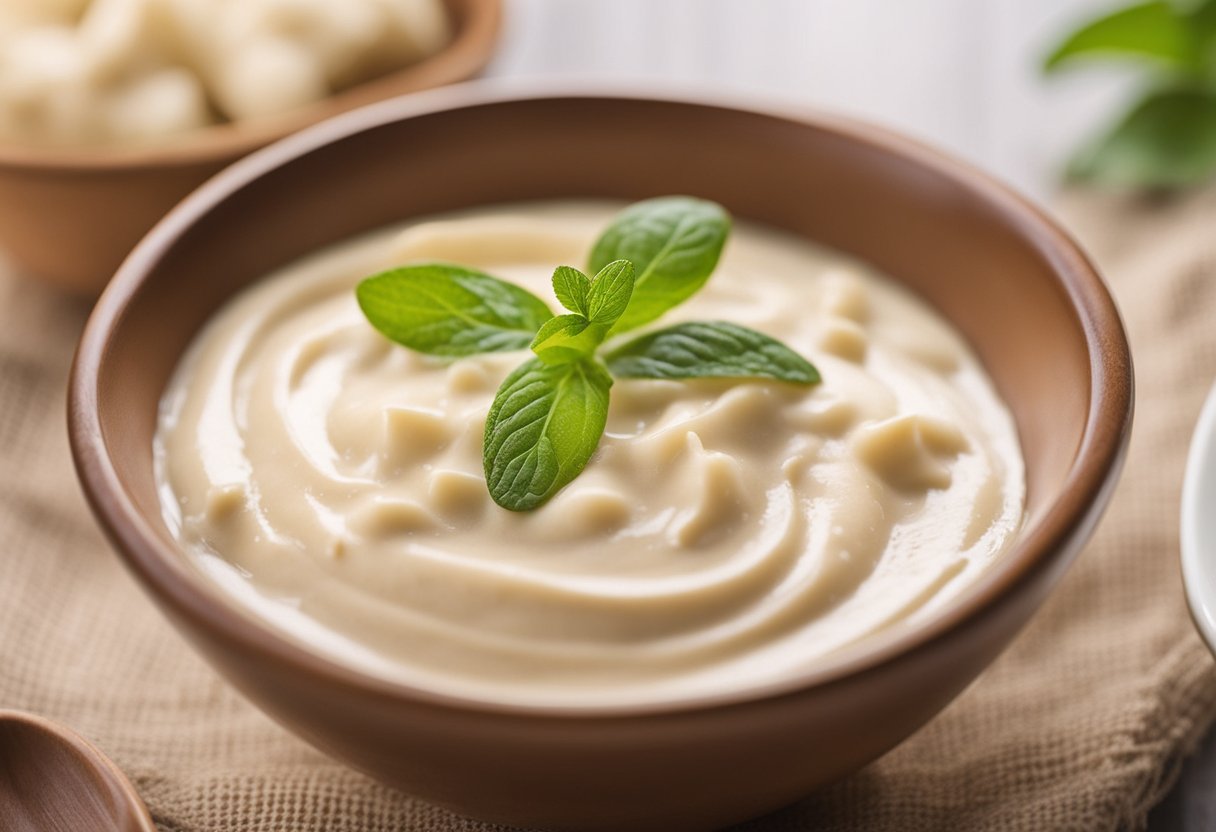
When it comes to the taste of oatmeal, it’s important to note that everyone’s taste buds are different. Some people might find oatmeal to be bland on its own, while others might enjoy its natural flavor.
The taste of oatmeal can also be impacted by the type of oats used. Rolled oats tend to have a milder flavor and creamier texture, while steel-cut oats have a nuttier flavor and chewier texture.
Key Takeaways:
- Oatmeal has a warm, nutty flavor that can be enhanced with various sweet or savory toppings.
- The texture of oatmeal can range from creamy to chewy, depending on the type of oats used and the cooking method.
- The taste of oatmeal can be impacted by the type of oats used, with rolled oats having a milder flavor and creamier texture, and steel-cut oats having a nuttier flavor and chewier texture.
The Basics of Oatmeal Taste
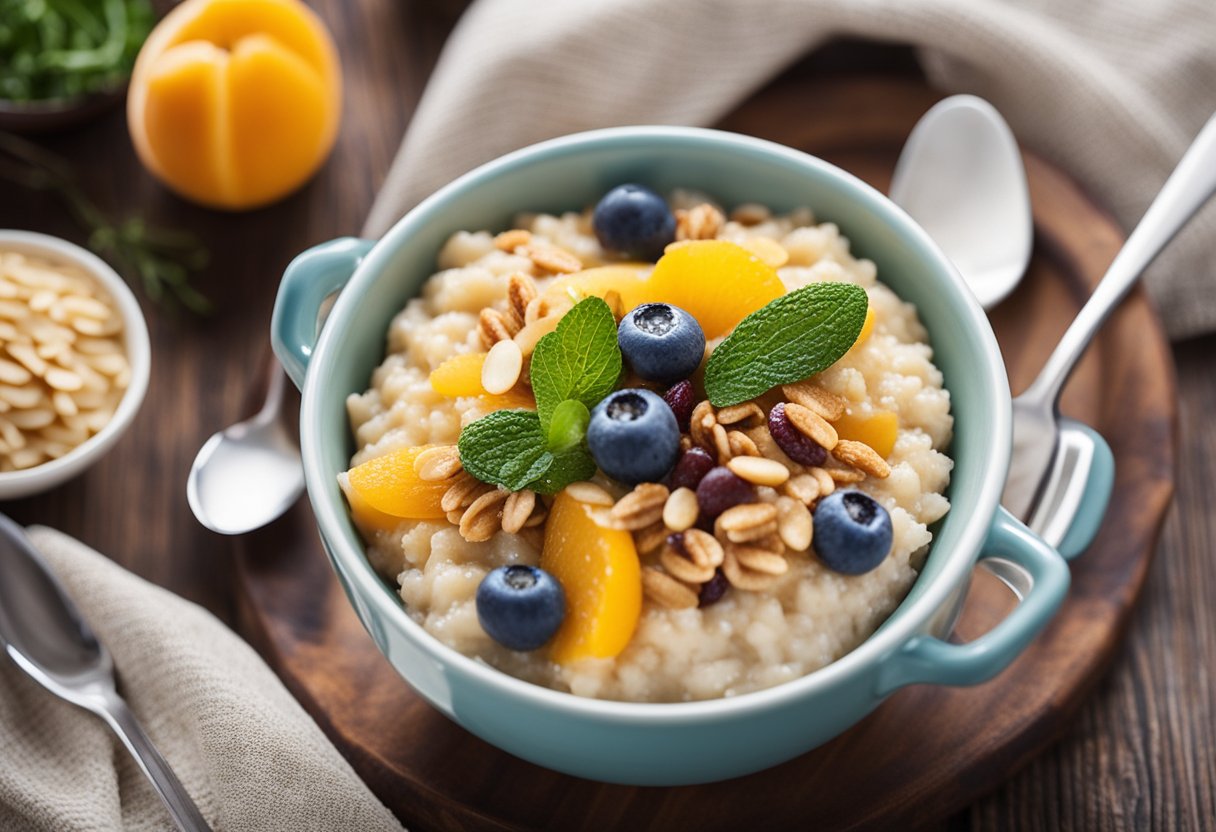
As someone who has eaten oatmeal for years, I can confidently say that oatmeal has a distinct taste that can be described as nutty and slightly sweet. However, this taste can vary depending on how it is prepared and what ingredients are added.
On its own, oatmeal can be quite bland. This is because oatmeal is made from hulled grains of oats that are ground into a coarse powder and cooked in liquid over moderate heat until thickened to form a porridge-like consistency.
Without any added flavors or ingredients, oatmeal can be quite plain and unappetizing.
However, adding spices like cinnamon or allspice can give oatmeal a warm, sweet flavor. A pinch of cayenne pepper can also add some heat to your meal. Additionally, adding fruits like bananas, berries, or apples can add natural sweetness to your oatmeal.
For those who prefer a savory taste, adding salt, pepper, and other savory ingredients like cheese, eggs, or bacon can give your oatmeal a more savory flavor profile.
In summary, oatmeal has a nutty and slightly sweet taste, but this can be enhanced by adding various spices, fruits, or savory ingredients. Without any added flavors or ingredients, oatmeal can be bland and unappetizing.
Oatmeal’s Texture

As someone who has eaten oatmeal many times, I can confidently say that oatmeal has a unique texture that can vary depending on how it is prepared. Generally, oatmeal has a soft and slightly chewy texture that is creamy when cooked properly.
One way to achieve a creamy texture is by stirring the oatmeal frequently while it cooks. This helps to evenly distribute the liquid and oats, resulting in a smoother texture. Additionally, adding milk or cream to the oatmeal can also contribute to a creamier texture.
The type of oats used can also affect the texture of the oatmeal. Rolled oats tend to have a softer texture compared to steel-cut oats, which have a chewier texture. However, both types of oats can be cooked to achieve a creamy texture.
It’s important to note that overcooking oatmeal can result in a mushy texture, which some people may not enjoy. To avoid this, it’s recommended to cook the oatmeal until it is just tender and still retains some texture.
In summary, oatmeal has a soft and slightly chewy texture that can be made creamier by stirring frequently and adding milk or cream. The type of oats used can also affect the texture, with rolled oats having a softer texture and steel-cut oats having a chewier texture.
Types of Oatmeal and Their Tastes
As someone who has been eating oatmeal for years, I can confidently say that there are three main types of oatmeal: steel-cut oats, rolled oats, and instant oats. Each type of oatmeal has a unique taste and texture that sets it apart from the others.
Steel-Cut Oats
Steel-cut oats are the least processed form of oats. They are simply whole oat groats that have been cut into smaller pieces. This gives them a chewy texture and a nutty flavor. Steel-cut oats take longer to cook than other types of oatmeal, but many people prefer them because of their hearty texture.
Rolled Oats
Rolled oats, also known as old-fashioned oats, are the most common type of oatmeal. They are made by steaming and flattening oat groats, which results in a flaky texture.
Rolled oats have a milder flavor than steel-cut oats and cook more quickly. They are a great option for those who want a quick and easy breakfast.
Instant Oats
Instant oats are the most processed form of oatmeal. They are made by pre-cooking and drying rolled oats, which results in a finer texture. Instant oats are the quickest and easiest to prepare, but they have a softer texture and a milder flavor than other types of oatmeal.
In terms of taste, oatmeal has a slightly nutty flavor and a soft, slightly chewy texture. Some people describe it as being similar to a grainy pudding.
However, most people don’t eat oatmeal plain. Adding spices like cinnamon or allspice can give oatmeal a warm, sweet flavor, while a pinch of cayenne pepper can add some heat to your meal.
Overall, the type of oatmeal you choose will depend on your personal preference and how much time you have to prepare it. Steel-cut oats are the heartiest and most flavorful, while instant oats are the quickest and easiest to prepare. Rolled oats are a great middle ground and are the most versatile type of oatmeal.
Sweet and Savory Oatmeal
When it comes to oatmeal, there are two main flavor profiles: sweet and savory. Sweet oatmeal is a classic breakfast dish that is often enjoyed with toppings like honey, sugar, raisins, cinnamon, banana, chocolate, maple syrup, and vanilla extract.
On the other hand, savory oatmeal is a more recent trend that involves adding toppings like cheese, black beans, cheddar, and avocado.
Sweet Oatmeal
Sweet oatmeal is a delicious and comforting breakfast dish that can be customized to suit your taste preferences.
Some people prefer to add a touch of sweetness with honey, sugar, or maple syrup, while others like to add flavor with ingredients like raisins, cinnamon, banana, or chocolate. Vanilla extract is also a popular addition that can give your oatmeal a warm and comforting flavor.
To make sweet oatmeal, start by cooking your oats according to the package instructions. Once the oats are cooked, add your desired sweeteners and toppings.
For a classic sweet oatmeal, try adding a drizzle of honey or maple syrup and a sprinkle of cinnamon. For a more indulgent treat, add some chocolate chips or cocoa powder to your oatmeal.
Savory Oatmeal
Savory oatmeal is a newer trend that has gained popularity in recent years. This dish involves adding savory toppings like cheese, black beans, cheddar, and avocado to your oatmeal. Savory oatmeal is a great option for those who prefer a more savory breakfast or who want to switch up their usual breakfast routine.
To make savory oatmeal, start by cooking your oats according to the package instructions. Once the oats are cooked, add your desired savory toppings.
For a classic savory oatmeal, try adding some shredded cheddar cheese and black beans. For a more indulgent treat, add some sliced avocado and a sprinkle of salt and pepper.
Overall, oatmeal is a versatile and delicious breakfast dish that can be customized to suit your taste preferences. Whether you prefer sweet or savory oatmeal, there are plenty of ways to make this dish your own.
Enhancing Oatmeal’s Taste
As someone who has eaten oatmeal for breakfast for years, I know that it can be a bit bland and boring on its own. However, there are many ways to enhance the taste of oatmeal and make it more enjoyable to eat. Here are some of my favorite ways to add flavor and texture to oatmeal:
Adding Nuts and Seeds
One of the easiest ways to add flavor and crunch to oatmeal is by adding nuts and seeds. Almonds, walnuts, and chia seeds are all great options. Simply sprinkle them on top of your oatmeal or mix them in while cooking. Not only do they add flavor, but they also add protein and healthy fats to your breakfast.
Adding Fruits
Fruits are a great way to add natural sweetness to oatmeal. Berries, bananas, and raisins are all great options. You can add them fresh or dried, depending on your preference. Pineapple is also a great addition if you’re looking for something a bit more tropical.
Adding Spices
Spices are a great way to add flavor to oatmeal without adding any extra calories. Cinnamon, nutmeg, and ginger are all great options. Simply sprinkle them on top of your oatmeal or mix them in while cooking.
Adding Nut Butters
Nut butters are a great way to add creaminess and flavor to oatmeal. Peanut butter, almond butter, and cashew butter are all great options. Simply swirl them into your oatmeal for a delicious and satisfying breakfast.
Adding Veggies and Quinoa
If you’re looking to add some extra nutrition to your oatmeal, try adding some veggies and quinoa. Cooked quinoa adds protein and texture, while veggies like spinach or grated carrots add extra vitamins and fiber.
Adding Salt and Pepper
Finally, don’t be afraid to add a pinch of salt and pepper to your oatmeal. It may sound strange, but it can really enhance the flavor and bring out the natural sweetness of the oats.
In conclusion, oatmeal doesn’t have to be bland and boring. By adding nuts, seeds, fruits, spices, nut butters, veggies, and quinoa, you can create a delicious and satisfying breakfast that will keep you full and energized all morning.
Cooking Methods and Their Impact on Taste
Stovetop Cooking
When it comes to cooking oatmeal on the stovetop, the most common method is to combine water or milk with the oats in a saucepan and bring it to a boil. Once it starts boiling, reduce the heat to low and let it simmer until the oats are cooked through and the mixture has thickened to your desired consistency.
Cooking oatmeal on the stovetop allows you to have more control over the cooking process. You can adjust the heat to achieve the perfect texture and thickness. Additionally, the bubbles that form while cooking on the stovetop give the oatmeal a creamier texture.
Microwave Cooking
Microwave cooking is a convenient way to cook oatmeal quickly. To cook oatmeal in the microwave, combine oats and liquid in a microwave-safe bowl and microwave on high for 1-2 minutes. Stir and microwave for an additional 30 seconds to 1 minute until the oatmeal is cooked through.
Microwave cooking is a great option for busy mornings or when you don’t have access to a stove. However, it can be more difficult to achieve the perfect texture and thickness when cooking oatmeal in the microwave.
Additionally, you may miss out on the bubbles that form during stovetop cooking, which can affect the overall texture and taste of the oatmeal.
Baked Oatmeal
Baked oatmeal is a unique way to cook oatmeal that results in a cake-like texture. To make baked oatmeal, combine oats, milk, eggs, and any desired mix-ins in a baking dish and bake in the oven for 30-40 minutes until set.
Baked oatmeal allows for a lot of creativity with mix-ins like fruits, nuts, and spices. It’s a great option for meal prep or serving a group. However, it can be more time-consuming than stovetop or microwave cooking.
Overall, the cooking method you choose can impact the taste and texture of your oatmeal. Stovetop cooking allows for more control over the cooking process and can result in a creamier texture, while microwave cooking is convenient but may lack the bubbles that form during stovetop cooking.
Baked oatmeal provides a unique texture and allows for creativity with mix-ins but can be more time-consuming.
Health Benefits of Oatmeal
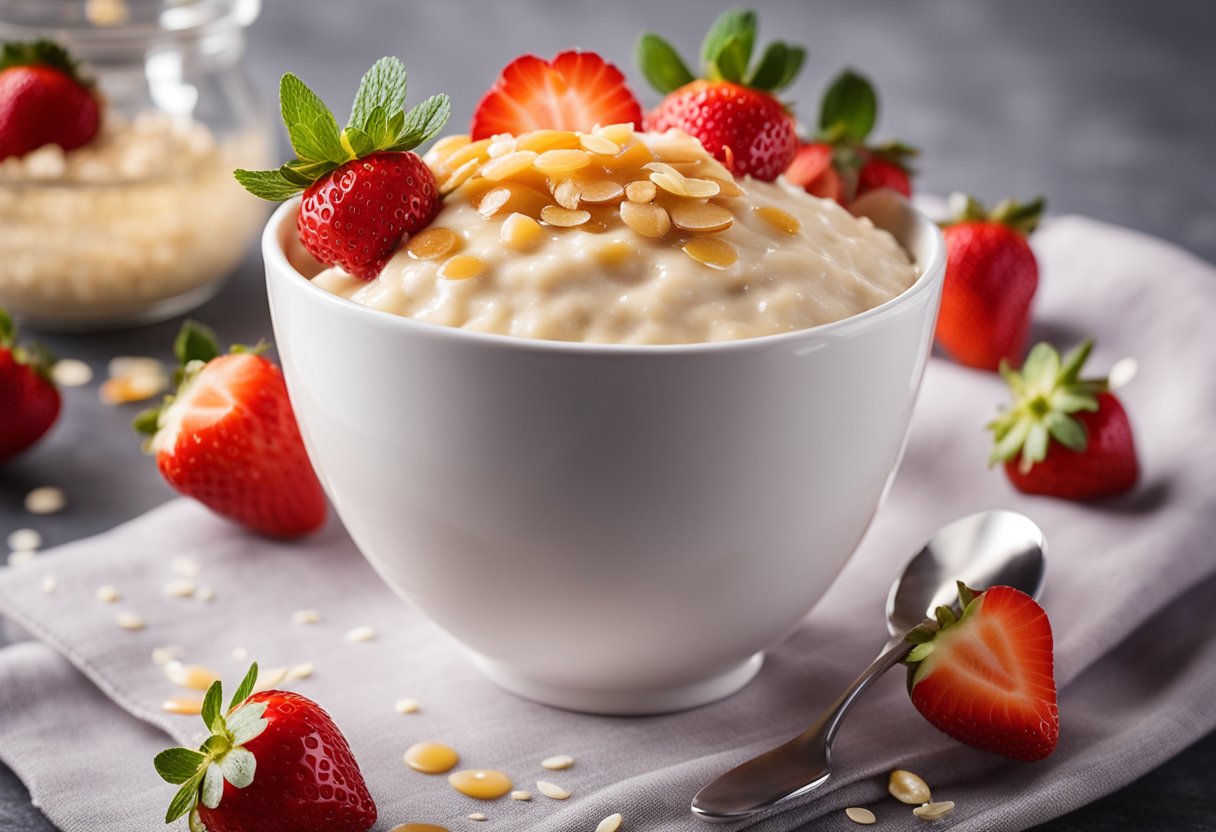
As someone who enjoys oatmeal regularly, I can attest to its many health benefits. Oatmeal is a great source of fiber, which can help with digestion and keep you feeling full throughout the day. It’s also a good source of protein, which is essential for building and repairing muscles.
In addition to fiber and protein, oatmeal is packed with essential nutrients, vitamins, and minerals. It contains iron, zinc, magnesium, phosphorus, and potassium, all of which are important for overall health and wellbeing.
Oatmeal is also rich in antioxidants, which can help protect your body against harmful free radicals.
One of the most significant health benefits of oatmeal is its ability to help with weight loss. Because it’s low in calories and high in fiber, oatmeal can help you feel full without consuming too many calories. It’s also gluten-free, making it a great option for those with gluten sensitivities or celiac disease.
Research has shown that oatmeal can help lower cholesterol levels, which can reduce the risk of heart disease and stroke. It can also help regulate blood sugar levels, making it a good option for those with diabetes.
Overall, oatmeal is a nutritious and delicious breakfast option that offers many health benefits. Whether you’re looking to lose weight, improve heart health, or simply enjoy a tasty breakfast, oatmeal is a great choice.
Oatmeal as a Breakfast Option
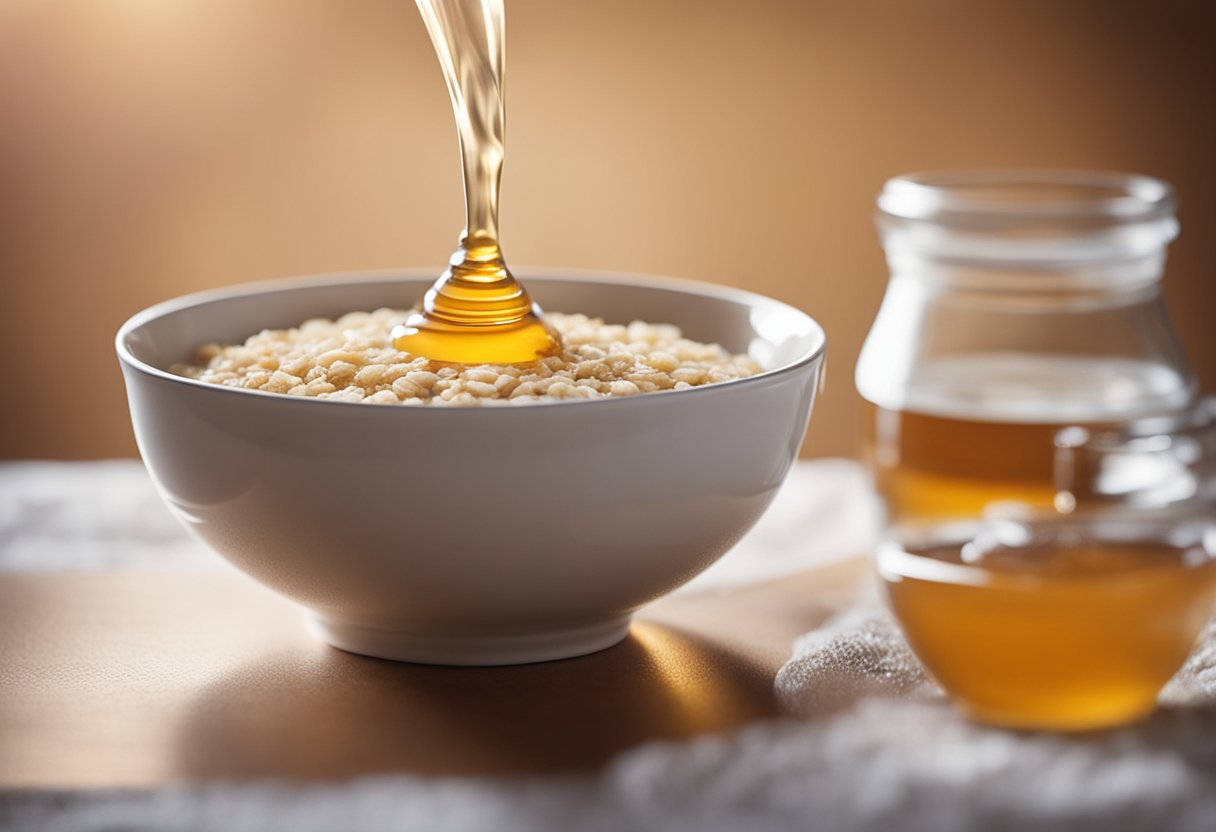
As someone who has been eating oatmeal for breakfast for years, I can confidently say that it is a healthy and filling breakfast option. Oatmeal is a type of porridge made from oats, which are a whole grain. It is a popular breakfast food because it is easy to prepare, versatile, and can be customized to suit different tastes.
One of the main benefits of oatmeal is that it is a healthy breakfast option. Oats are a good source of fiber, which can help keep you feeling full and satisfied until lunchtime.
Additionally, oats are low in calories and high in protein, making them a great choice for anyone looking to lose weight or maintain a healthy weight.
Another benefit of oatmeal is that it is a filling breakfast option. Because it is high in fiber and protein, oatmeal can help keep you feeling full and satisfied for longer. This can help prevent overeating later in the day and can also help you maintain a healthy weight.
Oatmeal is also a versatile breakfast food that can be customized to suit different tastes. You can add a variety of toppings to your oatmeal, such as fresh fruit, nuts, seeds, and spices, to make it more flavorful and nutritious.
Additionally, you can make overnight oats, which are oats that are soaked in milk or yogurt overnight, for a quick and easy breakfast option.
Overall, oatmeal is a healthy, filling, and versatile breakfast option that can be customized to suit different tastes. Whether you prefer hot oatmeal or overnight oats, there are many ways to enjoy this nutritious breakfast food.
Recipes to Enhance Oatmeal’s Taste
As someone who has eaten oatmeal for breakfast for years, I can tell you that it can get pretty boring if you don’t mix things up every once in a while. Luckily, there are plenty of ways to enhance oatmeal’s taste and make it more enjoyable to eat. Here are some recipes and ideas to get you started:
Different Ways to Prepare Oatmeal
Before we get into the add-ins and toppings, let’s talk about the different ways to prepare oatmeal. Here are three common methods:
- Stovetop: This is the classic way to prepare oatmeal. Combine rolled oats and liquid (water or milk) in a pot and cook over medium heat until the oats are tender.
- Microwave: If you’re short on time, you can cook oatmeal in the microwave. Combine oats and liquid in a microwave-safe bowl and cook on high for 2-3 minutes, stirring occasionally.
- Overnight: Overnight oats are a popular option for meal prep. Combine oats and liquid in a jar or container and let sit in the fridge overnight. In the morning, you’ll have a cold and creamy oatmeal that’s ready to eat.
Add-Ins
One of the easiest ways to enhance oatmeal’s taste is to add in some extra ingredients. Here are some ideas:
- Peanut butter: Stir in a spoonful of peanut butter for a creamy and nutty flavor.
- Chia seeds: Chia seeds add a nice crunch and are packed with fiber and protein.
- Cinnamon: Sprinkle cinnamon on top of your oatmeal for a warm and cozy flavor.
- Vanilla extract: A splash of vanilla extract can add a subtle sweetness to your oatmeal.
- Applesauce: Mix in some unsweetened applesauce for a fruity and low-sugar option.
Toppings
Toppings are another way to add flavor and texture to your oatmeal. Here are some ideas:
- Fresh fruit: Berries, bananas, and chopped apples are all great options.
- Nuts: Almonds, pecans, and walnuts add crunch and healthy fats.
- Brown sugar: If you want a sweeter oatmeal, a sprinkle of brown sugar can do the trick.
- Coconut flakes: Toasted coconut flakes add a tropical flavor and a bit of crunch.
- Yogurt: A dollop of yogurt on top of your oatmeal can add creaminess and tanginess.
Overall, oatmeal is a versatile breakfast option that can be customized to your liking. Whether you prefer it sweet or savory, creamy or crunchy, there are plenty of ways to enhance oatmeal’s taste and make it a more enjoyable meal.
Conclusion
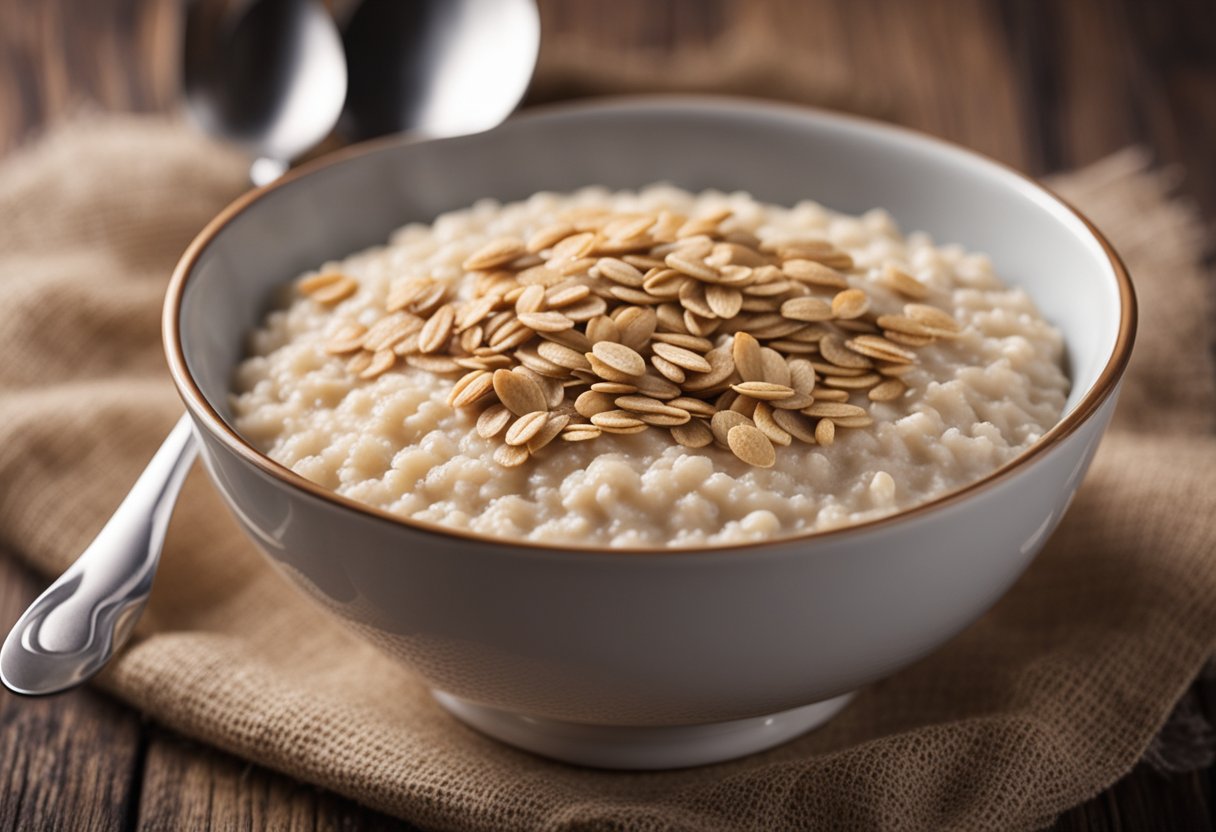
In conclusion, oatmeal is a versatile breakfast option that can be enjoyed in a variety of ways. From sweet to savory, oatmeal can be customized to suit individual preferences.
Based on my experience, oatmeal has a mild, nutty, and slightly sweet flavor. The texture can vary depending on how it’s prepared, with some people preferring a creamier consistency and others liking a thicker, heartier texture.
However, regardless of the texture, oatmeal is a filling and satisfying breakfast option that can help improve overall health and well-being.
It’s important to note that the quality of oatmeal can also affect its taste. Using high-quality oats and adding fresh ingredients, such as fruit and nuts, can enhance the flavor and improve the overall experience.
Overall, oatmeal is a nutritious and delicious breakfast option that can be enjoyed by everyone. Whether you prefer it sweet or savory, creamy or thick, oatmeal is a great way to start your day and improve your overall health.
Frequently Asked Questions
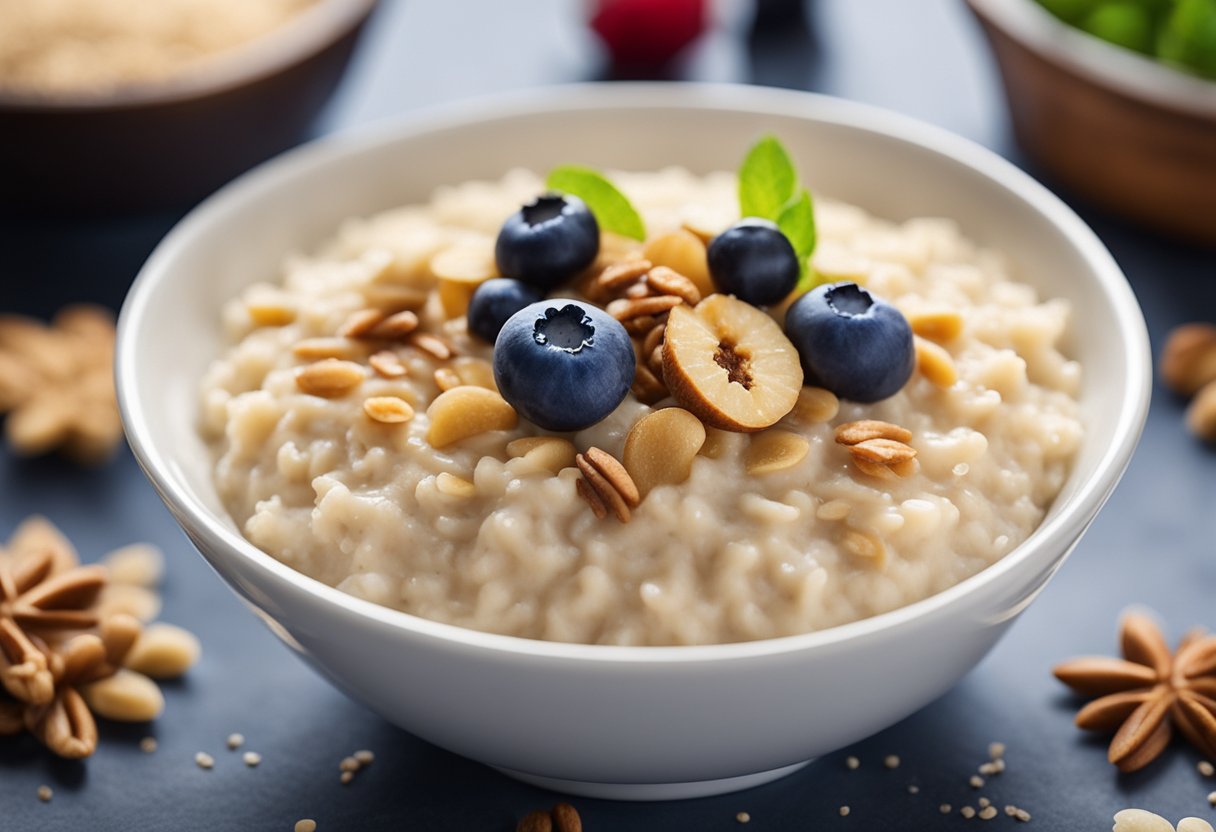
How does oatmeal benefit the body?
Oatmeal is a nutritious breakfast option that offers several health benefits. It is rich in fiber, which helps to regulate digestion and keeps you feeling full for longer. Oatmeal also contains vitamins and minerals, such as iron, magnesium, and zinc, which are essential for maintaining a healthy body.
Additionally, oatmeal has been shown to help lower cholesterol levels, reduce the risk of heart disease, and improve blood sugar control.
What are some ways to prepare oatmeal?
Oatmeal can be prepared in many different ways to suit your taste preferences. Some popular options include cooking it with milk or water, adding fruits and nuts, or baking it into cookies or bars.
You can also experiment with different flavors, such as cinnamon, vanilla, or honey, to add some variety to your oatmeal.
What are some common complaints about the taste of oatmeal?
Some people find oatmeal to be bland or tasteless, which can make it difficult to enjoy. Others may dislike the texture of cooked oatmeal, which can be mushy or lumpy.
However, there are several ways to improve the taste and texture of oatmeal, such as adding sweeteners or toppings, or blending it into a smoothie.
Can oatmeal be used for weight loss?
Oatmeal can be a helpful tool for weight loss, as it is low in calories and high in fiber, which helps to keep you feeling full for longer. However, it is important to watch your portion sizes and avoid adding too many high-calorie toppings, such as sugar or cream.
What are some potential issues with expired oatmeal?
Expired oatmeal can become stale or rancid, which can affect the taste and texture of the oats. Additionally, expired oatmeal may contain harmful bacteria or toxins that can cause food poisoning.
To avoid these issues, it is important to check the expiration date on your oatmeal and discard any that are past their prime.
What are some ways to improve the taste of oatmeal?
There are several ways to improve the taste of oatmeal, such as adding sweeteners like honey or maple syrup, or adding toppings like fresh fruit, nuts, or chocolate chips.
You can also experiment with different spices, such as cinnamon or nutmeg, to add some flavor to your oatmeal. Additionally, using milk instead of water can make your oatmeal creamier and more flavorful.



